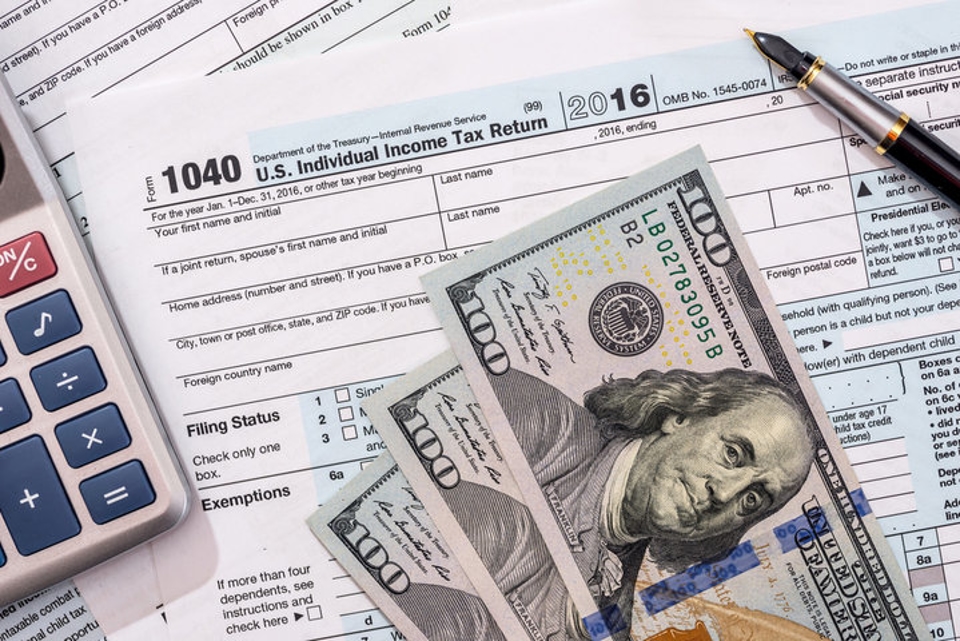Recent Bankruptcy Cases from the National Association of Consumer Bankruptcy Attorneys
Debtors have been the beneficiaries of some significant appellate decisions in recent weeks, with NACBA and NCBRC (National Consumer Bankruptcy Rights Center) involved in many of the cases.
Two Appellate Courts Find that Debtor May Exempt Inherited IRA
The Fifth Circuit held that a debtor may exempt an inherited IRA from the bankruptcy estate under section 522(d)(12). In re Chilton, No. 11-40377 (March 12, 2012) (affirming the decision of the U.S. District Court for the Eastern District of Texas). The court based its decision on the findings that the plain language of the Code requires only that the funds be "set apart" for retirement and does not require that the funds be contributed by the debtor, and that the definition of IRAs set forth in section 408(d)(3)(C)(2) of the Tax Code encompasses inherited IRAs. Under section 408(e), inherited IRAs enjoy the same tax exempt status as those funded by the debtor's own contributions as required for exemption under section 522(d)(12).
NACBA filed an amicus brief in support of debtors' position in this case.
Following similar reasoning, the Bankruptcy Appellate Panel for the Ninth Circuit reached the same decision in the case of In re Hamlin, No. 11-1083 (B.A.P. 9th Cir. February 21, 2012).
NACBA filed an amicus brief in support of debtors' position in this case as well.
Win for Debtors on Absolute Priority Rule in Chapter 11
In a thoughtful and comprehensive opinion, the BAP for the Ninth Circuit held that the absolute priority rule does not apply to individual debtors filing chapter 11 bankruptcy. In re Friedman, Nos. 11-1149, 11-1105 (B.A.P. 9th Cir. March 19, 2012). Relying on rules of statutory interpretation the court found that section 1129(b)(2)(B)(ii) explicitly creates an exception to the absolute priority rule where a debtor is permitted to retain property included in the estate pursuant to section 1115. Section 1115 provides that property of the estate "includes, in addition to the property specified in section 541 . . ." property or earnings acquired after commencement of the case. Examining the language of both provisions within the overall context of the entire statutory scheme, the court found that there was no clear legislative directive requiring application of the absolute priority rule to individual debtors. Next, it found that the underlying context of the individual chapter 11 statutory construct, which is reflective of many chapter 13 provisions designed to encourage reorganization rather than liquidation, favors non-application of that rule.
Judge Jury filed a dissenting opinion finding that the language of the statute is ambiguous. While agreeing that section 1115 carves out certain property as not subject to the absolute priority rule, the dissent focused on the meaning of the word "included" in section 1115 to determine the extent of that carve out. Judge Jury agreed with the "narrow view" that section 1115 is intended only to supplement section 541 by adding post-petition earnings to the estate property, in which case, only those post-petition assets are released from the absolute priority rule.
NACBA was represented by Daniel Press at oral argument in the Friedman case and he had the opportunity to argue the issue on NACBA's behalf again on March 22, 2012, before the Fourth Circuit Court of Appeals in the case of In re Maharaj, No. 11-1747.
Fee-Only Plans Not Per Se Bad Faith
Making specific reference to NACBA's "helpful" amicus brief, the First Circuit Court of Appeals found that fee-only chapter 13 plans are not per se bad faith under section 1325(a)(3). In re Puffer, No. 11-1831 (1st Cir. March 22, 2012). Debtor's chapter 13 plan proposed to pay $2,900 to his counsel, $300 to general unsecured creditors and $400 as trustee fees. The bankruptcy court declined to confirm the plan on the basis that it was per se bad faith to file a plan in which debtor's bankruptcy counsel was essentially the only beneficiary. In reversing, the First Circuit borrowed the totality of the circumstances analysis from section 706(a), placing the burden on the debtor to establish that the facts are such that the chapter 13 plan is in good faith.
Though the decision is a win for debtors it is important to be cognizant of its limitations. Warning that fee-only plans have the superficial appearance of abuse by debtor's counsel, the court noted that there may be "relatively rare" circumstances in which such plan may be proposed in good faith. In addressing the issue of good faith, a bankruptcy court may consider such factors as whether the debtor could have filed a pro se chapter 7 case or whether the debtor could have waited to file until he had the money to pay his attorney fees up front. The debtor carries a "heavy burden" of showing that the plan is in proposed in good faith.
Although the court did not list specific circumstances that would establish good faith, when considering a fee-only plan instead of a chapter 7 petition, debtor's counsel may want to look at such factors as imminent harm facing a debtor who does not have the funds to pay attorney's fees up front for a chapter 7 case, as in the case of a utility shutoff, the threat of foreclosure or car repossession, the inability to obtain a chapter 7 discharge due to a prior discharge, or the presence of a debt that would be discharged in chapter 7, but not chapter 13.
Retired Supreme Court Justice Souter was a member of the panel deciding this case.
Tara Twomey authored NACBA's amicus brief.
NACBA Amicus Brief on Issue of Applicable Commitment Period
NACBA has filed an amicus brief in the case of American Express Centurion Bank v. Henderson, No. 11-35864 (9th Cir.), arguing that a chapter 13 plan for an above-median debtor with negative disposable income need not extend for 60 months under the plain language of section 1325(b)(4) because there is no "projected disposable income." The brief seeks to have the court follow its earlier decision in Maney v. Kagenveama, 541 F.3d 868 (9th Cir. 2008), in which the court found that the commitment period set forth in section 1325(b)(4) did not apply where there was negative or zero disposable income. The creditor, and the trustee in the separate but connected case of McCallister v. Henderson, No. 11-35865, argued that the recent Supreme Court holdings in Hamilton v. Lanning, 506 U.S. __, 130 S.Ct. 2464, 177 L.Ed.2d 23 (2010), and Ransom v. FIA Card Services, N.A., 131 S. Ct. 716, 178 L.Ed 2d 603 (2011), overruled the decision in Kagenveama. As neither of those Supreme Court opinions addressed the issue of applicable commitment period, NACBA argued that they did not overrule Kagenveama and the the doctrine of stare decisis supports the continued viability of that precedent. NACBA's brief also argued that, to the extent Lanning is relevant, it supports the Kagenveama holding. This case will be argued before the same panel as the case ofDanielson v. Flores (In re Flores), 11-55452 (9th Cir.). NACBA's amicus brief was written by Raymond DiGuiseppe.
Exemption May Not Be Claimed as 100% FMV
Although NACBA has enjoyed some successes in recent appeals, not all decisions have been favorable. The Bankruptcy Appellate Panel for the First Circuit found that a debtor may not claim an exemption in property in the amount of 100% of the fair market value. In re Massey, No. 11-60 (B.A.P. 1st Cir., Feb. 27, 2012). In its amicus brief, NACBA argued that under section 522(d)(1) and (2) a debtor is permitted to exempt his aggregate "interest" in certain property up to a specified amount. Listing the exemption as 100% of the FMV alerts the trustee to the fact that the debtor intends to exempt the asset to extent of its actual value or the statutory cap, whichever is lower. Based upon the description in the petition of the interest sought to be exempted, in this case 1/3 of the value of real estate, the trustee has sufficient information to determine the efficacy of objecting to the exemption. In rejecting this argument, the court mischaracterized the issue as whether a debtor was permitted to exempt an asset "in kind," thereby entitling the debtor to the actual asset regardless of whether its value exceeds the statutory limit. This is not the purpose of the 100% FMV exemption, however, and the Massey decision simply ignores the unequivocal statement by the Supreme Court that an exemption may be claimed in the amount of 100% of the FMV. Schwab v. Reilly, 560 U.S. __,130 S.Ct. 2668 (2010).
Arguments scheduled:
Danielson v. Flores, No. 11-55452 (9th Cir.): Whether an above-median debtor with negative disposable income must have a plan that extends for sixty months. NACBA assisted with debtor's brief. The argument is scheduled for May 11, 2012.
In re Schafer, No. 11-1340 (6th Cir.): Constitutionality of bankruptcy-only exemptions. NACBA filed an amicus brief. The argument is scheduled for June 1, 2012.




